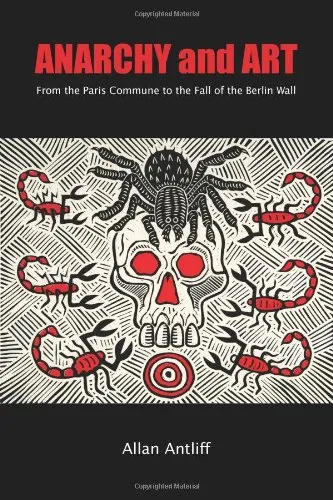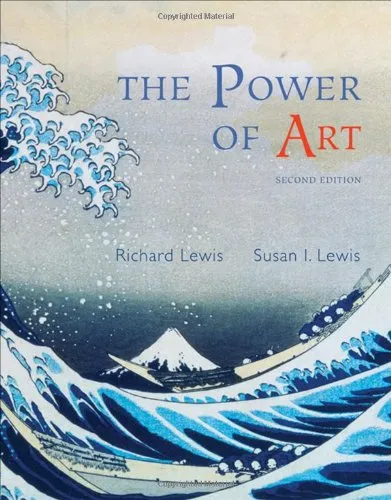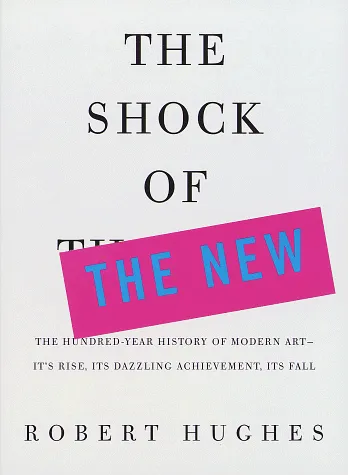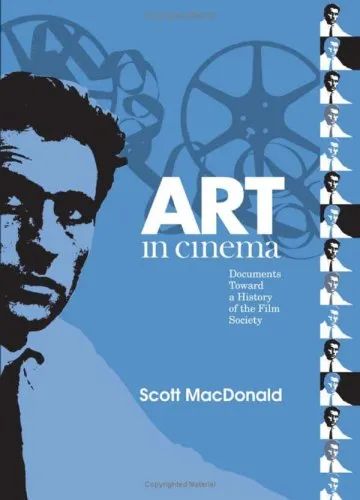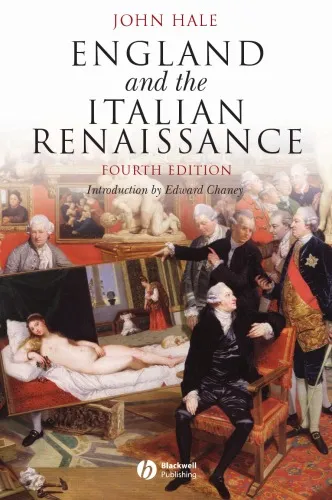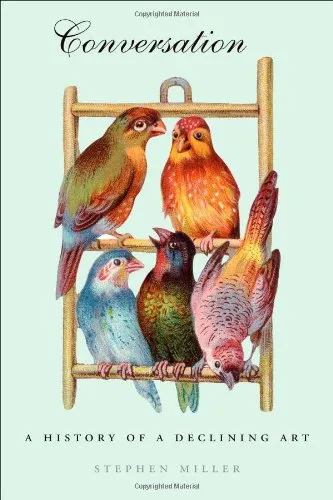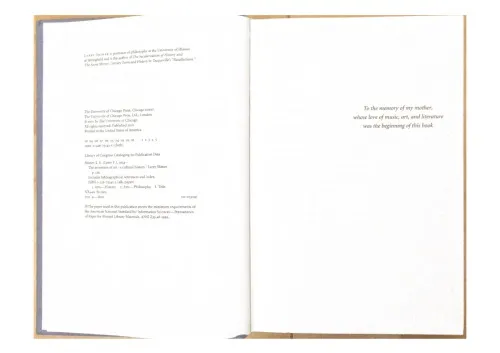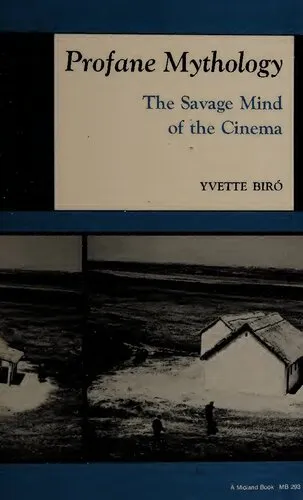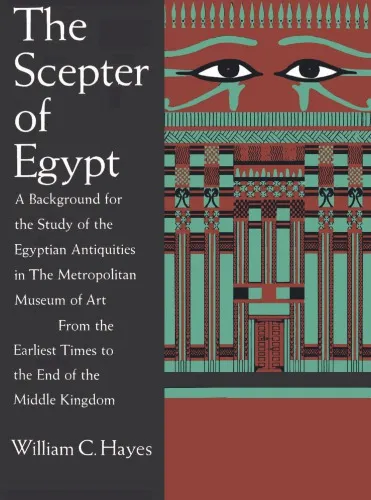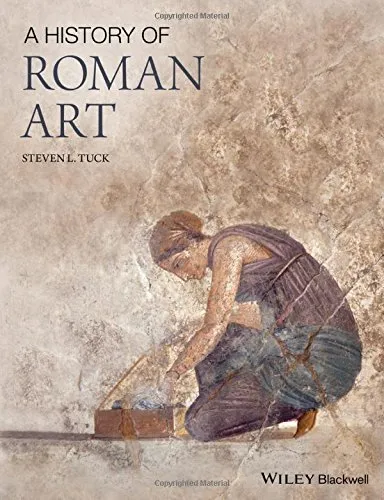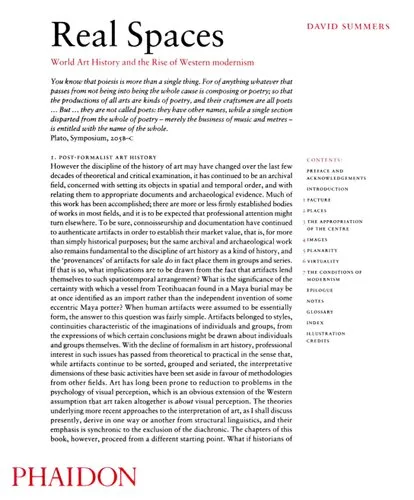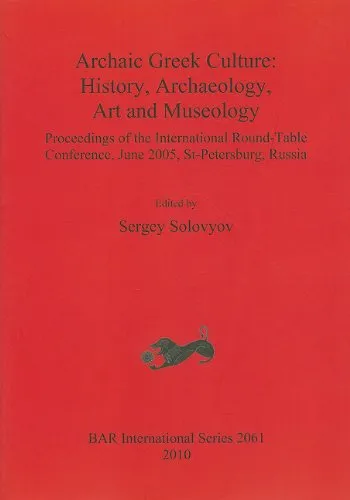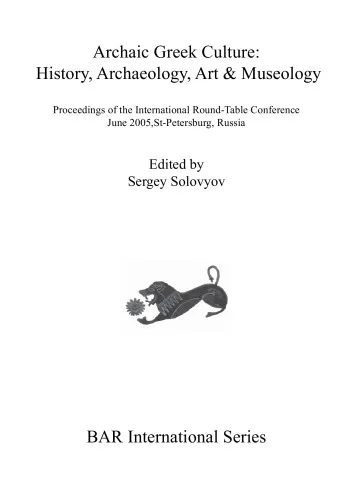Anarchy and Art: From the Paris Commune to the Fall of the Berlin Wall
4.3
Reviews from our users

You Can Ask your questions from this book's AI after Login
Each download or ask from book AI costs 2 points. To earn more free points, please visit the Points Guide Page and complete some valuable actions.Related Refrences:
Welcome to 'Anarchy and Art: From the Paris Commune to the Fall of the Berlin Wall', a compelling exploration that delves into the intertwining histories of anarchist movements and artistic innovation over more than a century. This book embarks on a journey through time, unraveling the rich tapestry of cultural and political upheaval that has shaped modern history through the lens of artistic rebellion.
Detailed Summary of the Book
'Anarchy and Art' offers a comprehensive narrative that examines the symbiotic relationship between anarchist movements and the art world from the late 19th to the late 20th century. The book begins its historical journey with the Paris Commune of 1871, a short-lived revolutionary government that laid the foundation for future anarchist ideologies.
As the narrative progresses, key moments in history are marked by the rebellious fervor of artists who sought not only to question authority but to embody the ideals of freedom and expression central to anarchism. From the Dada movement's reaction against the absurdities of World War I to the Surrealists' challenge of bourgeois norms, this book captures pivotal artistic movements that aligned with anarchist thought.
Anarchy and Art continues its exploration into the mid-20th century, addressing the revolutionary zeal surrounding events like the Spanish Civil War and the countercultural waves of the 1960s—both rife with artistic innovation. The book culminates with the twilight years of the Cold War, reflecting on how art persisted as a tool for resistance against authoritative regimes, punctuated by the fall of the Berlin Wall.
Key Takeaways
One of the key takeaways from 'Anarchy and Art' is the enduring connection between political upheaval and artistic innovation. Through historical examples, the book illustrates how artists often respond to threats of repression and authoritarian control with creativity that defies convention.
It also highlights the role of art as a transformative force that, much like anarchism, seeks to dismantle established hierarchies to create a new, liberated vision of society. Readers will appreciate the book's in-depth analysis of how art has not only documented political shifts but has actively influenced and inspired social change.
Famous Quotes from the Book
"Art does not exist in a vacuum. It thrives in the creases of revolution, in spaces where voices rise against the oppressive din."
"Anarchism is the heartbeat of art’s defiance, the spirit sparking each brushstroke, each written word, each sculpted form."
Why This Book Matters
The significance of 'Anarchy and Art' lies in its illumination of the powerful symbiosis between creative expression and political ideology. In an era where the voices of dissent are as crucial as ever, understanding the historical context of anarchist art provides critical insights into today's cultural and political landscape.
This book serves not only as a historical account but as an inspiration for artists and activists alike, encouraging them to continue challenging the status quo. It enriches our understanding of how artistic movements have shaped—and have been shaped by—anarchist principles, revealing the transformative power of creativity in the quest for social justice and freedom.
Free Direct Download
You Can Download this book after Login
Accessing books through legal platforms and public libraries not only supports the rights of authors and publishers but also contributes to the sustainability of reading culture. Before downloading, please take a moment to consider these options.
Find this book on other platforms:
WorldCat helps you find books in libraries worldwide.
See ratings, reviews, and discussions on Goodreads.
Find and buy rare or used books on AbeBooks.
1316
بازدید4.3
امتیاز0
نظر98%
رضایتReviews:
4.3
Based on 0 users review
Questions & Answers
Ask questions about this book or help others by answering
No questions yet. Be the first to ask!
